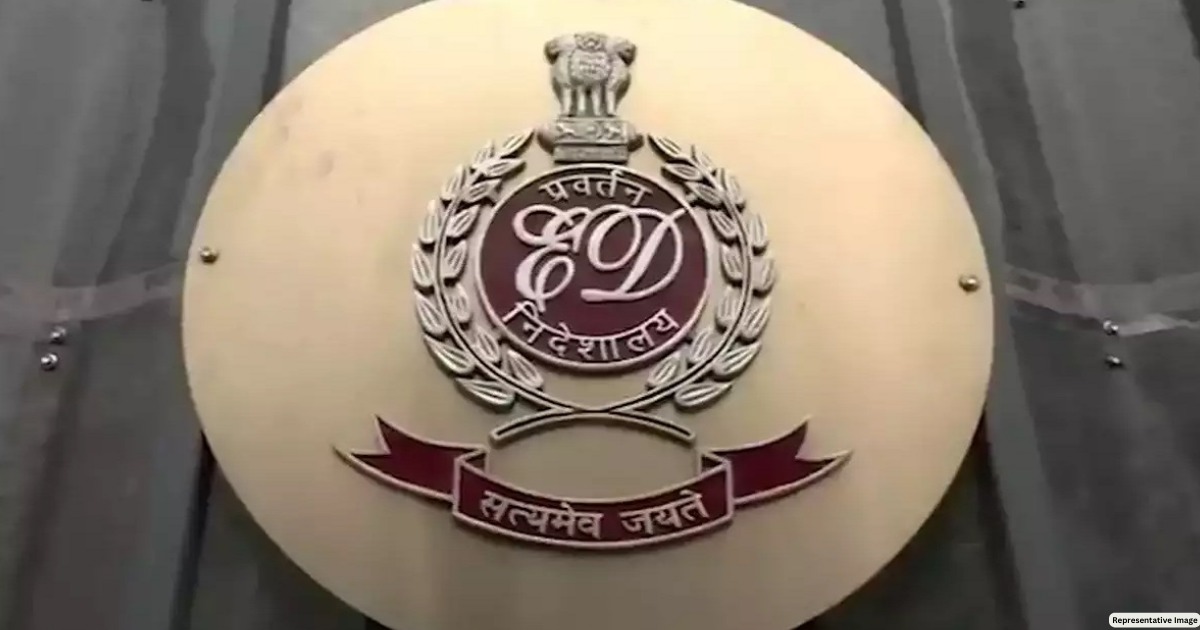Latest News
Lok Sabha polls: Tripura records 34.54 per cent voter turnout, West Bengal 33.56 per cent till 11 am
"Congress shehzada mocked my Dwarka pooja for vote bank politics": PM Modi takes dig at Rahul Gandhi
Administrative Case Study of Virendra Singh Jafa in Policy World of India

New Delhi: Jafa's significant contribution to India was in the 1980s and 1990s when after returning from a stint at the UNDP and a master's from Massachusetts Institute of Technology (MIT) with energy, he approached digital technology to enhance various aspects of Defence Administration and even went to create the idea of the Speed post, the hugely successful and reliable high-speed postal system in India.
Army Group Insurance – Securing Human Resources.
Jafa entered the house with sweets and said the family would celebrate at the dinner table. It was the day that he delivered one of his dream programs, the Group Insurance Fund Extended Insurance (EI) Scheme, which provides insurance coverage to servicemen after leaving the service.
Jafa was known to be highly visionary as a defence finance expert and to raise the stature of the Indian Defence Account Service, "defence finance is the country's largest budget, and extremely complex ”. It demands constant vigil on many levels not only on acquiring defence equipment but the management of that equipment, along with the defence organisational strategies, human resource management, research and development and much more.”, revealed Dr. Navina Jafa, the cultural technocrat from Delhi.
Maximising the country's financial investment, Making India a Global Player.
Navina Jafa tells that Virendra Jafa played a crucial role in charting the financial structure of India's missile program, which has inspired many government programmes. The programme allowed India to display the best 'make in India' world-class weapons at a much lower price than even NASA.
"Skilful financial planning saves money and time and also ensures usage of human resources," he told his daughter Navina while describing the financial strategy for the 1980s Integrated Guided Missile Development Programme headed by Dr Abdul Kalam (former president of India) under the then defence minister R Venkatraman (former President of India) and V.S. Arunachalam ( Scientific advisor). "The strategy was inviting different organisations as stakeholders. Organisations with the best talent could be part of a national mission.
To outsource manufacturing of other parts of the missiles and then amalgamate the pieces at the DRDO lab in Hyderabad allowed the immediate launch of the programme, and it saved time and money and allowed the best talent in the country to be part of a project of national pride.
Nurturing Talent
Virendra Singh Jafa was an eternal teacher and an idealist who concentrated on making every individual he interacted to tap the inner potential. "Listen, observe and identify the person's talent and involve yourself to nurture that talent. This is on-the-ground capacity building. Go a step further and apply your imagination for the application of someone's talent and skill for a larger good. But remember, statistical data is important to draw comparisons and bring innovations in making talent functional and create equity." Bureaucrat Virendra Jafa inspired his daughter Navina when she began to work in the area of culture and development way back in 1996 when she started up the journey of Performing heritage.
His daughter Navina Jafa used this teaching when working on Cultural and development. For instance, he guided her to address the marginalised snake charmer's community where Virendra Jafa told his daughter, "Collect the data on the skills of the snake charmers and other folk and street performers and innovate to reconnect them with markets."
Sustainable Development: Creating the Best in Available Resources
Jafa launched three schools in one of his ancestral villages Maushampur in Badayun District, Uttar Pradesh. "The village is flooded yearly by Ram Ganga, schools were unreachable, and the causality was mainly young girls. The backwardness of the village did not attract any educated people to come and work. Hence, Virendra got the District Magistrate of Badayun to sanction a road, the postal department to start a post office where villagers could open accounts and communicate, and most importantly, to make the highest educated persons in the village (average was class eight pass) headmasters. His work explains that using local resources is a pragmatic approach to creating sustainable development.”

.jpg)
.png)
.jpg)
.jpg)
.jpg)

.jpg)
.jpg)
.jpg)
.jpg)
.jpg)
.png)
.jpg)
.png)
.jpg)
.jpg)
.jpg)
.jpg)
.jpg)
.jpg)
